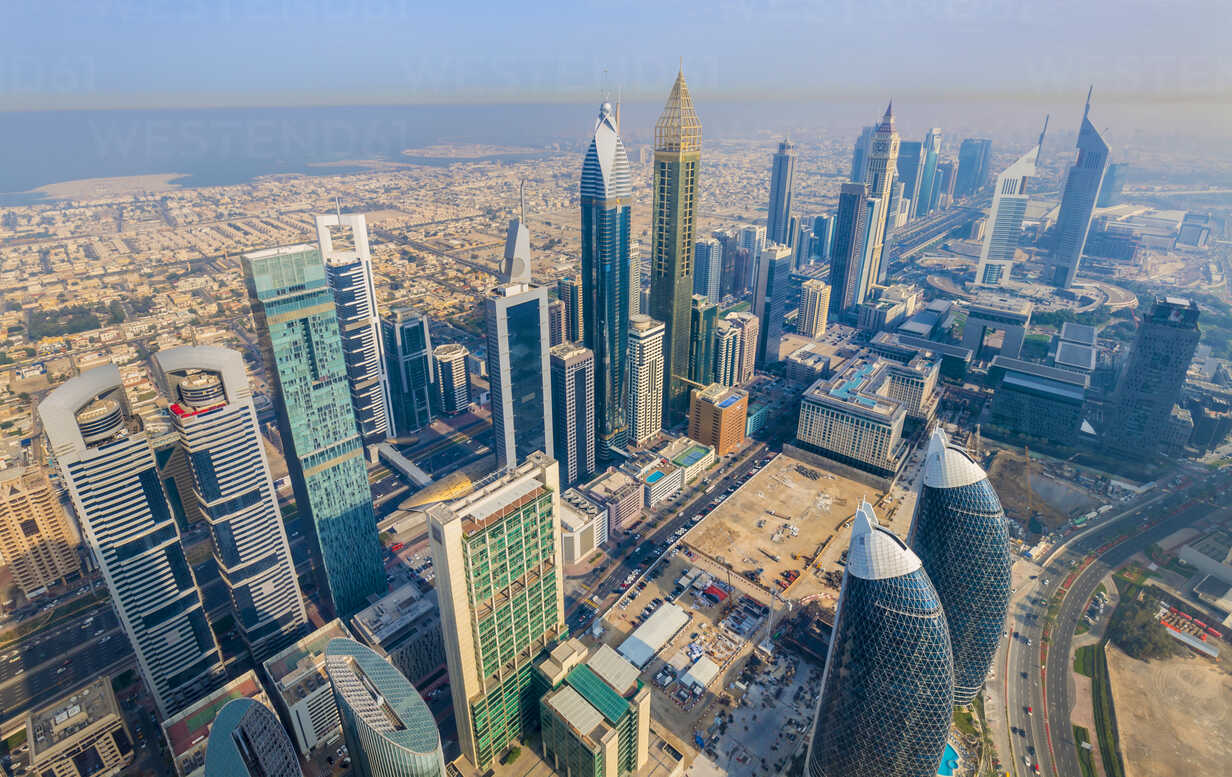IMF projects economic growth from 2.4% in 2024 to 4% in 2025 for Middle East and Central Asia
The latest World Economic Outlook (WEO) from the International Monetary Fund (IMF) paints a mixed picture of global economic prospects, with projections largely steady. Global growth is forecasted at 3.2% for 2024, with a slight uptick to 3.3% in 2025. Notably, major advanced economies are showing signs of alignment as output gaps close, though challenges in specific regions are emerging. Advanced economies such as the United States, after a robust 2023, are experiencing cooling, particularly in their labor market. In contrast, the euro area is poised for a recovery following a stagnant performance in recent years.
In the realm of emerging markets, Asia’s economies, particularly China and India, continue to drive global growth, contributing significantly to the overall economic expansion. Growth in India and China has been revised upwards, accounting for almost half of global growth. However, there are concerns about waning momentum in the broader emerging Asia region, which could impact global growth in the medium term. By 2029, growth in China is projected to moderate to 3.3%, significantly lower than its current pace.
Global inflation is projected to moderate to 5.9% in 2024 from 6.7% in the previous year, indicating a potential soft landing. However, challenges remain, especially in advanced economies like the United States, where disinflation progress has slowed. This could compel central banks to maintain higher borrowing costs, potentially affecting global economic stability. The IMF highlights two prominent downside risks: the potential for further challenges to disinflation in advanced economies, which could force central banks to keep borrowing costs high, and fiscal challenges that need to be more directly addressed.
Fiscal challenges pose another risk to global economic stability. Many countries, including advanced economies, are grappling with deteriorating public finances exacerbated by pandemic-induced expenditures. Insufficient fiscal consolidation efforts increase economic policy uncertainty, impacting growth prospects globally. The deterioration in public finances has left many countries more vulnerable than anticipated before the pandemic, making it critical to rebuild buffers while protecting the most vulnerable populations. This approach will free resources to address emerging spending needs, such as the climate transition and national energy security.
Economic diversification is a key strategy for countries in Central Asia, known for their reliance on commodity exports. Diversifying away from natural resources could shield these economies from global commodity price fluctuations. Investments in infrastructure are crucial for Central Asia’s integration into global value chains. Aligning fiscal policies with sustainable development goals and enhancing regional cooperation are imperative.
Growth projections for Central Asian countries reflect these dynamics. The IMF projects a 3.0% growth for Emerging and Developing Europe, which includes Central Asian economies, in 2024, increasing to 3.7% in 2025. Russia, a key player in the region, is expected to see a 1.3% growth in 2024 and 1.8% in 2025. Meanwhile, Emerging and Developing Asia, encompassing Central Asia, is forecasted to grow by 4.3% in 2024 and maintain the same growth rate in 2025. These projections highlight the potential for economic stability and growth in the region.





